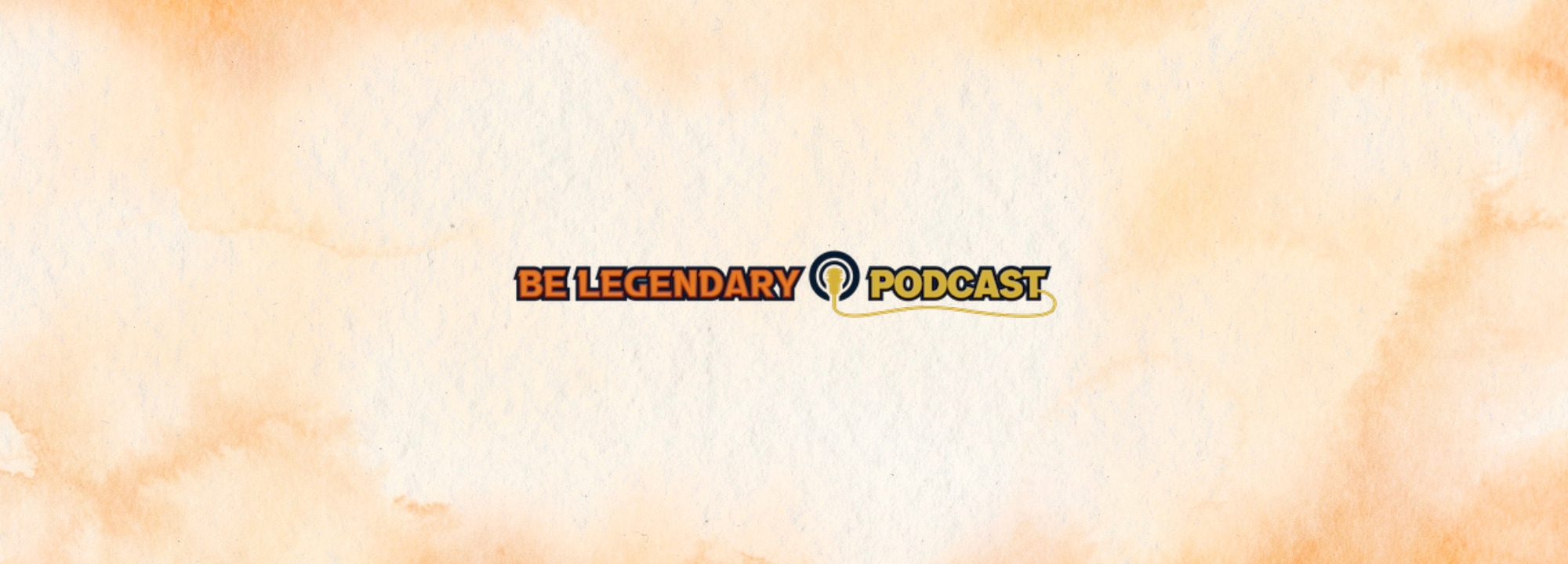

In the fast-paced world of media, crafting an effective press release is crucial for any organization looking to gain attention and make an impact. The art of writing a press release lies in striking a balance between professionalism and engaging storytelling.
By using a professional style of writing, one can convey information succinctly and effectively, without overwhelming the reader with unnecessary excitement.
It is in this delicate dance that we find the reader left with a sense of curiosity, eager to discover the secrets behind creating a press release that captivates and influences.
To effectively engage your readers, it is crucial to identify your target audience and tailor your press release to their specific needs and interests. Understanding your audience is the first step in crafting a successful press release that generates interest and drives action.
Start by researching your industry and identifying the key demographics and characteristics of your target audience. Consider factors such as age, gender, occupation, interests, and geographical location. Once you have a clear understanding of who your audience is, you can then customize your press release to resonate with them.
Use language and messaging that speaks directly to their needs and interests, highlighting how your product or service can provide a solution or address a particular pain point. By identifying your target audience and tailoring your press release accordingly, you can increase the chances of capturing their attention and achieving your desired results.
Crafting a compelling headline is essential for capturing attention and generating interest in your press release. Your headline is the first thing that journalists and readers will see, so it needs to be powerful and compelling enough to make them want to read further.
To craft a compelling headline, it is important to focus on the key message or news angle of your press release. Keep it concise and to the point, using strong and impactful words that convey the essence of your story.
Avoid using jargon or industry-specific terms that may confuse or alienate your audience. Instead, aim for clarity, conciseness, and precision. A strong headline can make all the difference in getting your press release noticed and read.

When writing a press release, it is crucial to prioritize the most important information. This means that you need to focus on the key details and ensure that they are clearly communicated to your audience.
Avoid fluff and strive for clarity, conciseness, and precision. Start by identifying the main message or news angle that you want to convey. This could be a new product launch, an important company announcement, or a significant event.
Once you have identified the key information, make sure it is prominently featured in the headline and the first paragraph of your press release. This will grab the reader's attention and ensure that they understand the most important aspects of your news right from the start.
Captivating readers from the very first line, a well-crafted lead paragraph sets the stage for a successful press release. The lead paragraph is the hook that grabs the attention of journalists, reporters, and other readers, compelling them to continue reading.
It should summarize the most important information and create a sense of urgency or interest. To achieve this, the lead paragraph should be concise, clear, and engaging. Start with a compelling statement or a surprising fact that immediately grabs attention.
Avoid fluff and unnecessary details, focusing instead on the key message of the press release. By writing a captivating lead paragraph, you increase the chances of your press release being read and picked up by media outlets, ultimately reaching a wider audience.

To enhance the credibility and provide valuable insights, incorporating relevant quotes and sources is crucial when writing an effective press release. Including quotes from key individuals involved in the news or industry experts adds authenticity and lends credibility to the information being presented.
When selecting quotes, it is important to choose ones that are concise, impactful, and align with the key messages of the press release. Additionally, including sources such as statistics, research findings, or case studies can further support the claims and provide evidence for the news being shared.
These sources should be reputable and reliable, adding weight to the press release and increasing its chances of being picked up by journalists and media outlets. By including relevant quotes and sources, a press release becomes more informative and trustworthy, enhancing its overall effectiveness.
In order to maximize visibility and reach a wider audience, it is important to optimize a press release for search engines and strategically distribute it. To optimize for search engines, include relevant keywords in the headline, subheadings, and throughout the body of the press release.
This will help search engines understand the content and rank it higher in search results. Additionally, make sure to include links to your website or relevant landing pages to drive traffic and improve your website's search engine ranking. When it comes to distribution, consider using a reputable press release distribution service to reach a wider audience.
Target specific industry-related websites, journalists, and influencers who are interested in your news. By strategically distributing your press release, you can increase its chances of being picked up by media outlets and reaching your target audience.

Including images or multimedia content in a press release can enhance its impact and engage the audience more effectively. Visual elements can help to grab attention and make the release more visually appealing. However, it is important to ensure that the images are high-quality, relevant, and properly formatted. Including multimedia content such as videos or audio clips can also provide additional information and bring the story to life. Ultimately, the decision to include images or multimedia content should be based on the goals and target audience of the press release.
Following up with journalists after sending out a press release is crucial for increasing the chances of media coverage. It is recommended to wait for a few days before reaching out to them, giving them enough time to review the press release. When following up, it is important to be polite, concise, and to emphasize any new or additional information that may be of interest to them. Personalizing the follow-up message and offering to provide further assistance can also help in establishing a relationship with journalists.
When it comes to writing a captivating lead paragraph that will engage readers, there are several effective techniques to consider. First, it is important to grab the attention of the audience with a strong and compelling statement or hook. Additionally, providing key information and highlighting the most important aspects of the story can help to create interest and intrigue. Finally, keeping the lead paragraph concise and to the point will ensure that readers stay engaged and want to continue reading the press release.